Plastic Waste- The Global Problem
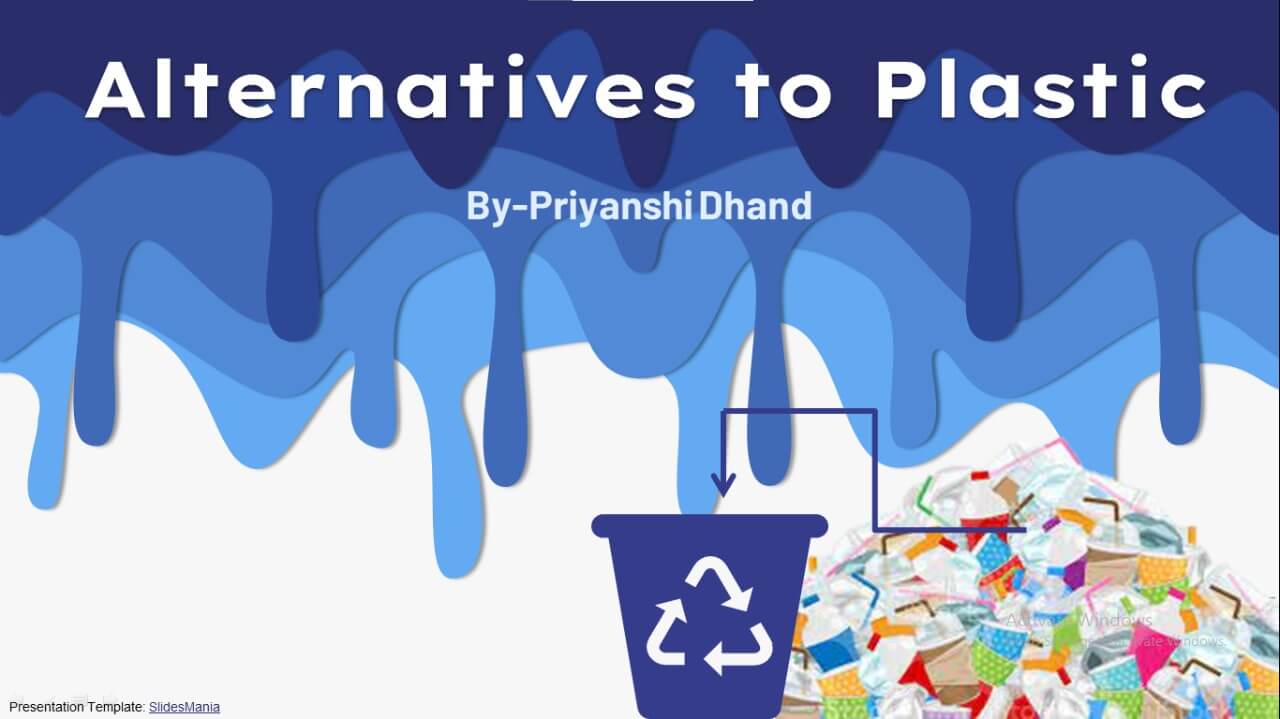
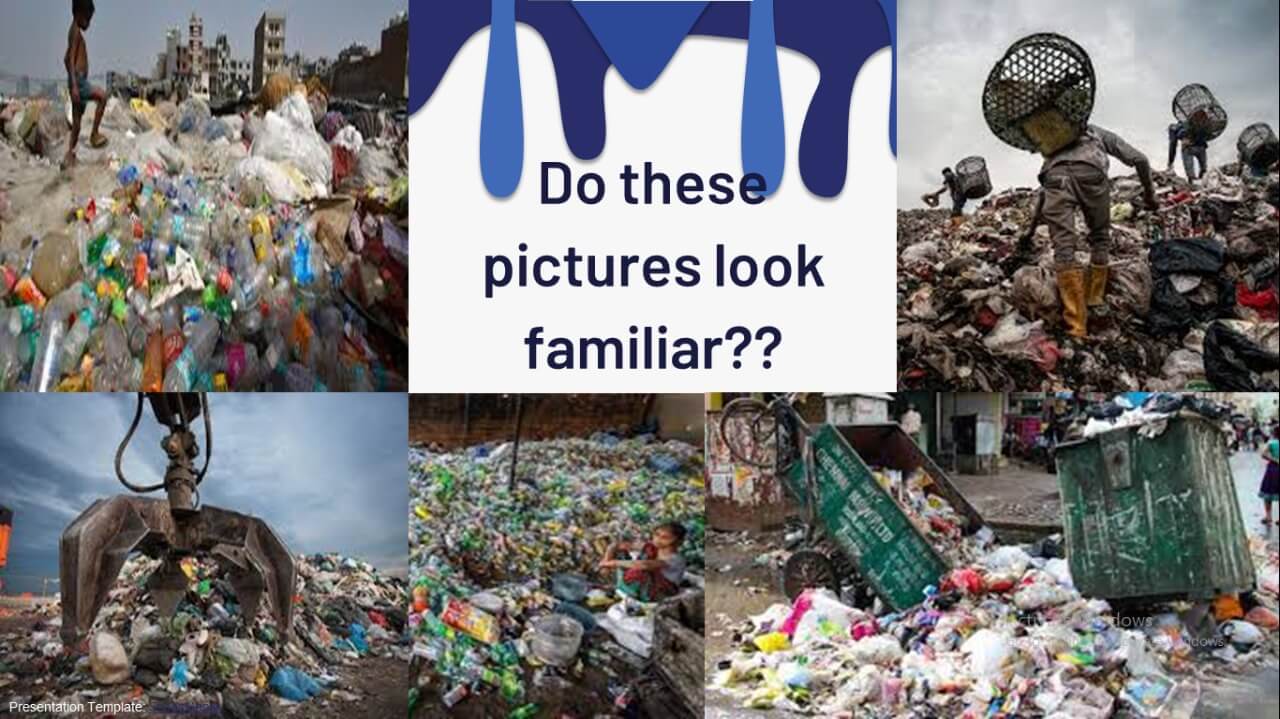
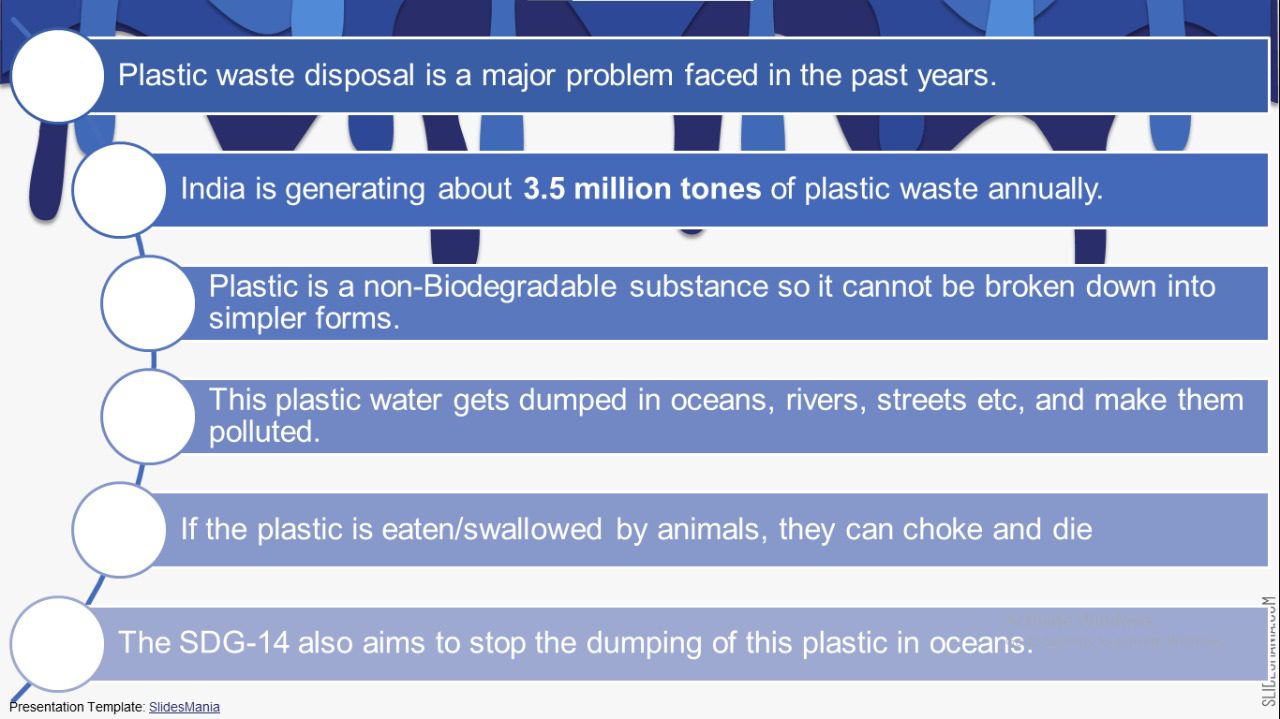
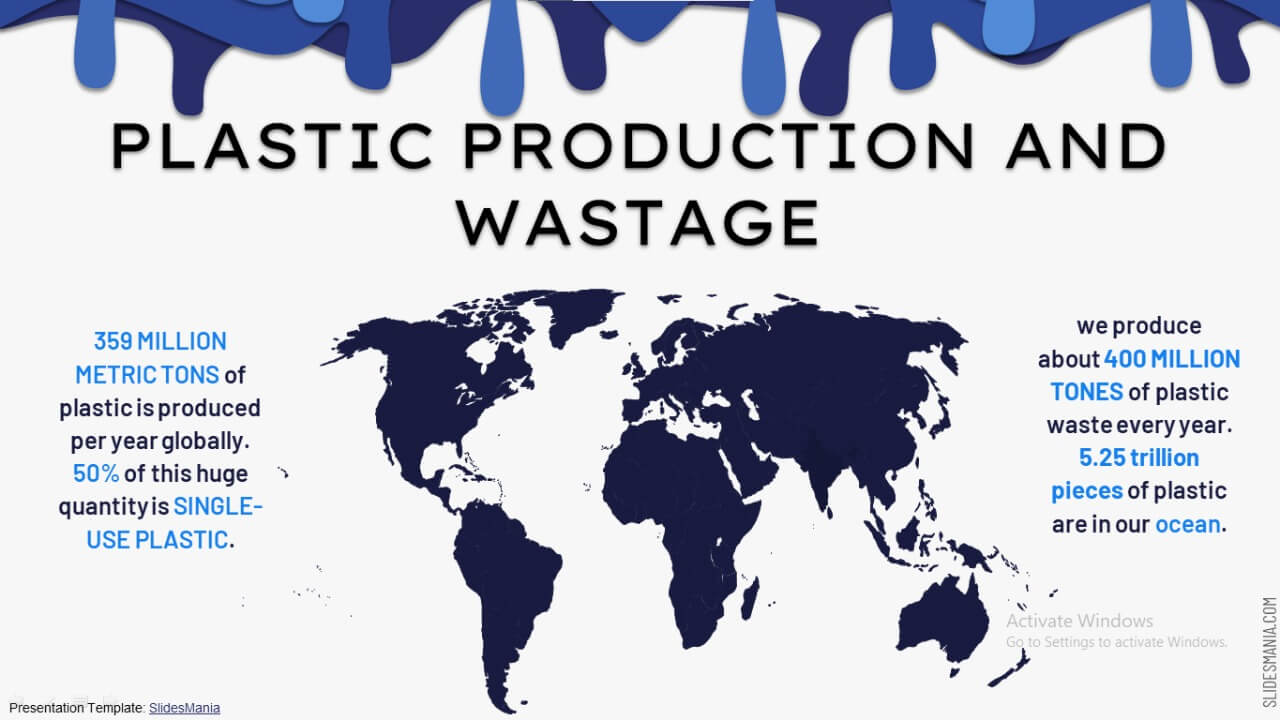
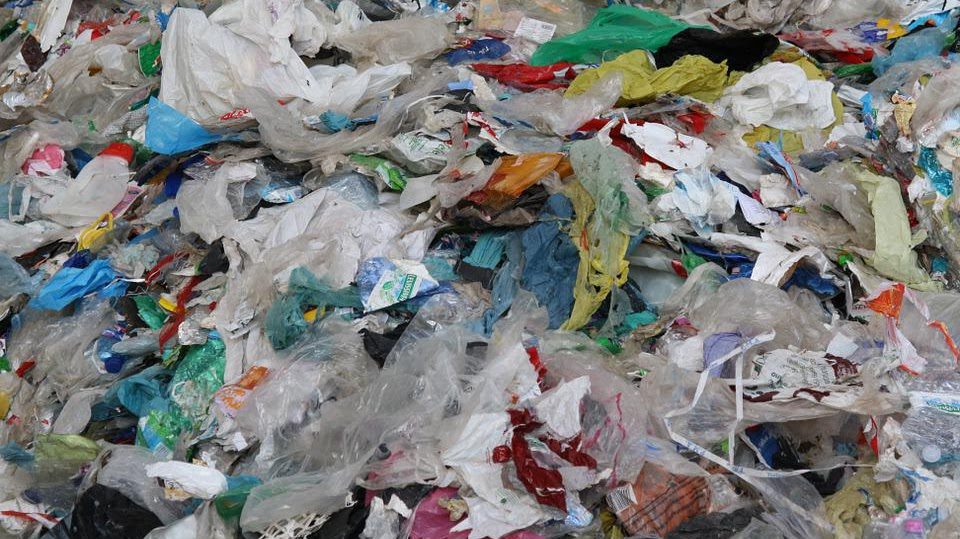
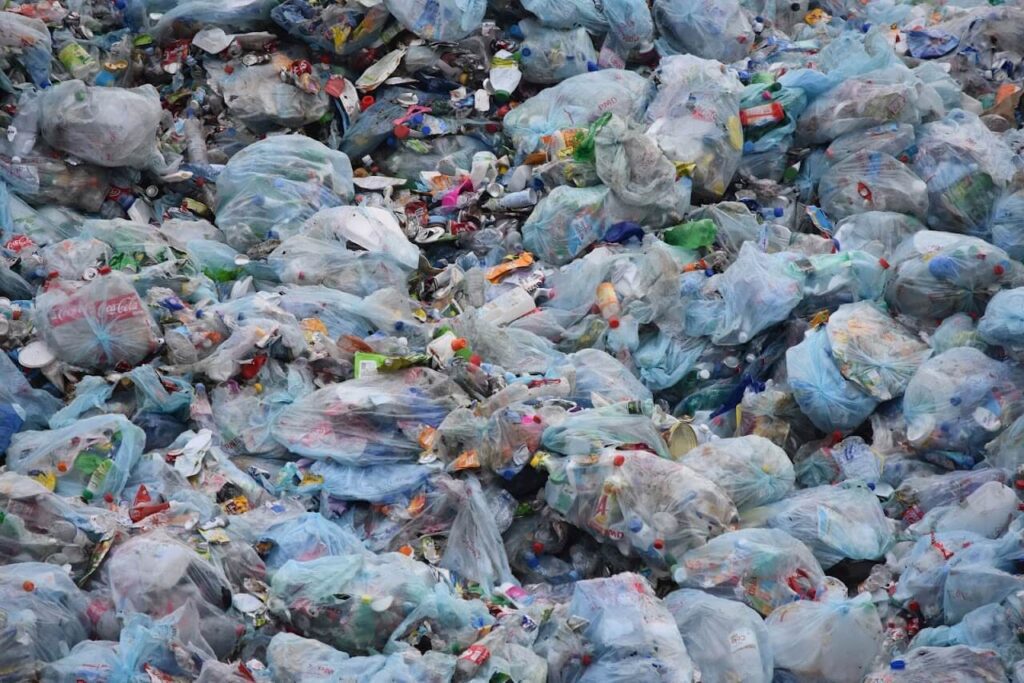
1. What is plastic waste?
Plastic waste, or plastic pollution, is ‘the accumulation of plastic objects (e.g.: plastic bottles and much more) in the Earth’s environment that adversely affects wildlife, wildlife habitat, and humans.’
- It also refers to the significant amount of plastic that isn’t recycled and ends up in landfills or, in the developing world, thrown into unregulated dump sites.
The three quarters that aren’t recycled enter our environment, polluting our oceans and causing damage to our ecosystem. In less developed countries, the majority of plastic waste eventually ends up in the ocean, meaning that marine animals are especially at risk.
So much of what we consume is made of plastic (such as plastic bottles and food containers) because it’s inexpensive, yet durable. However, plastic is slow to degrade (taking over 400 years or more) due to its chemical structure, which presents a huge challenge.
- Reducing plastic consumption and raising awareness about plastic recycling are crucial if we are to overcome the problem of plastic waste and pollution on our planet.
2. Why has plastic become a global problem?
Since the late 20th century, we have depended on plastic as an affordable, versatile and durable material.
That plastic has to go somewhere, and it’s frequently either dumped carelessly on land or in rivers in developing countries, before ending up in the ocean, where it threatens marine life.
- The majority of plastic materials take centuries to degrade. And yet we’re still producing and consuming more of it while millions of tonnes are lying around
- The fact is, we simply can’t cope with the amount of plastic on our planet — nor the amount that continues to be produced. For this reason, our attitudes and behaviours towards plastic must change to ensure a safe and healthy future for our planet.
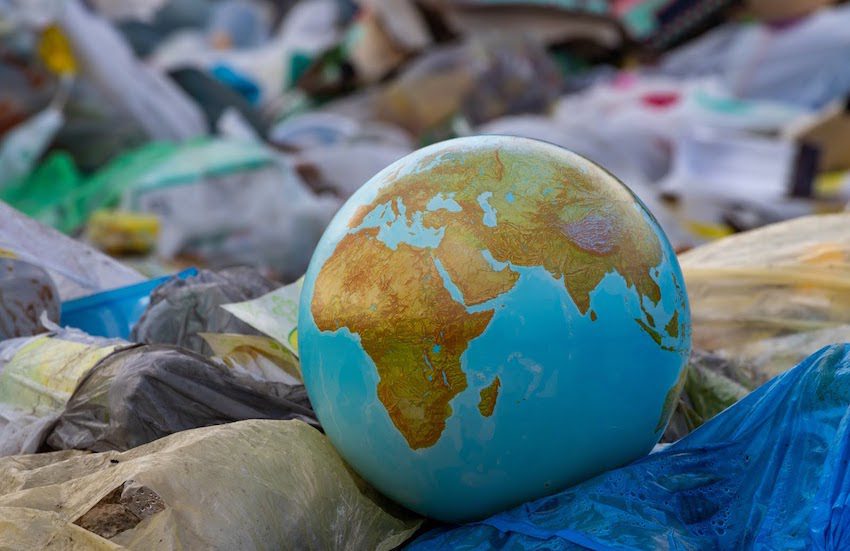
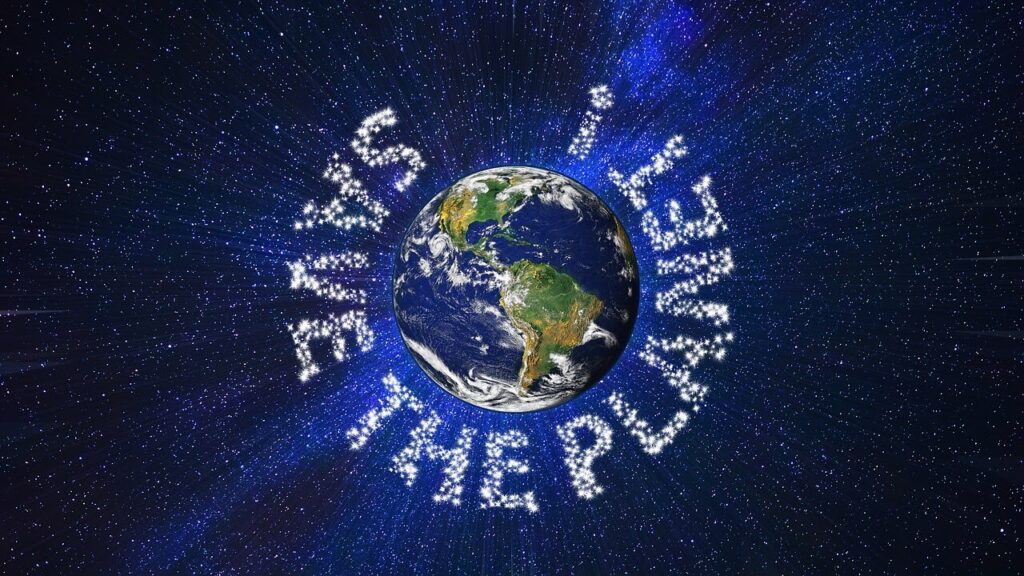
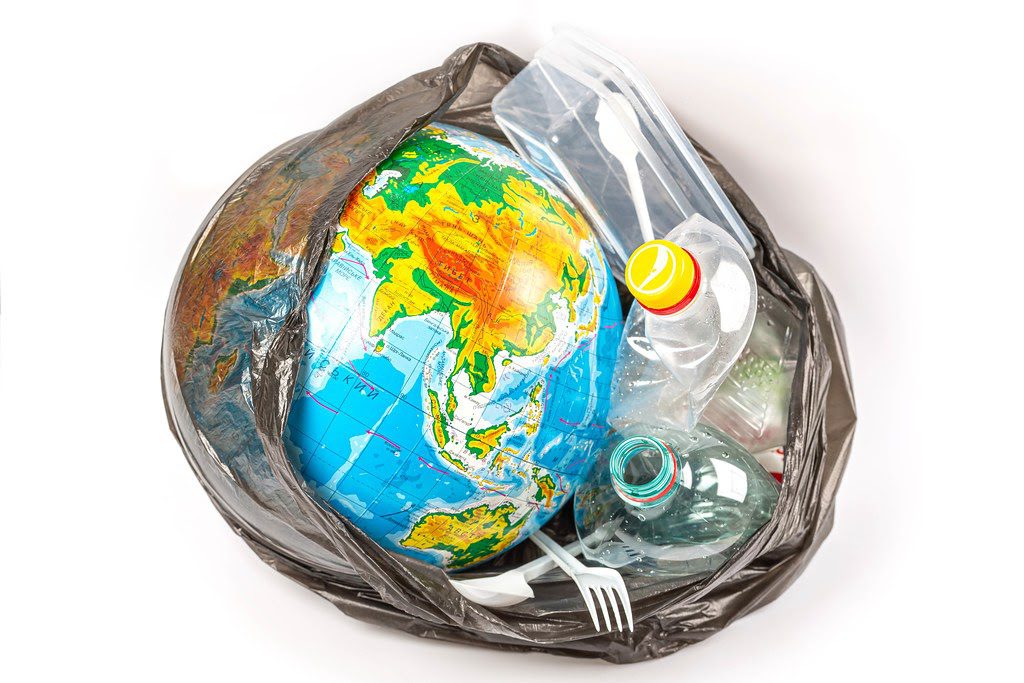
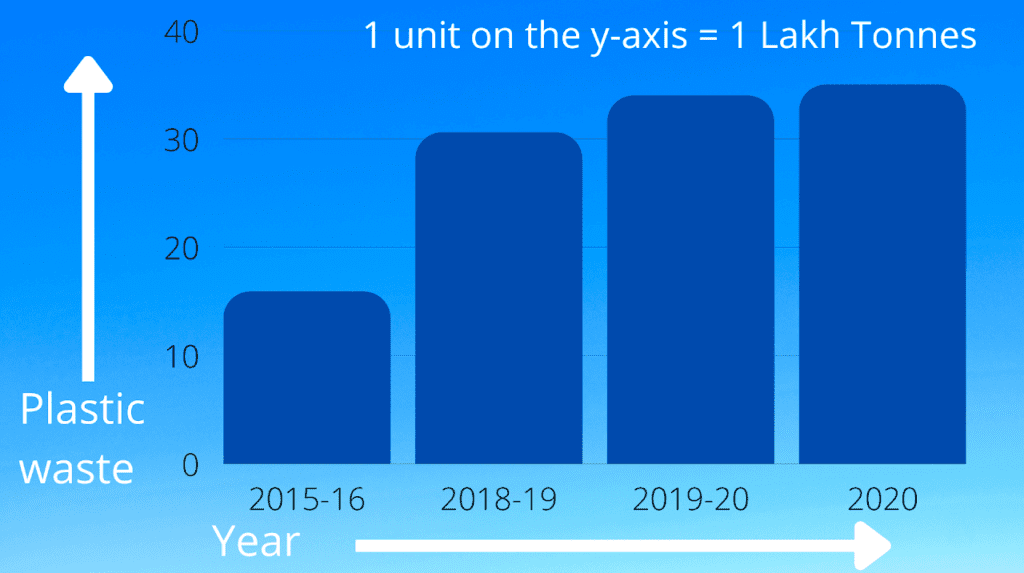
India’s plastic production per year
Did you know??
India generated 35 lakh tons of plastic waste in FY 2020.
Yet if see India’s rank in global plastic waste production, We are in a much better condition right now.
India currently holds the 94th rank in global plastic wastage.
Delhi generates the highest amount of plastic waste per year
3. Plastic in oceans
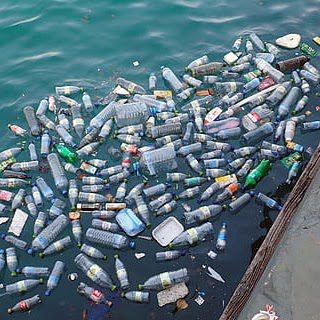
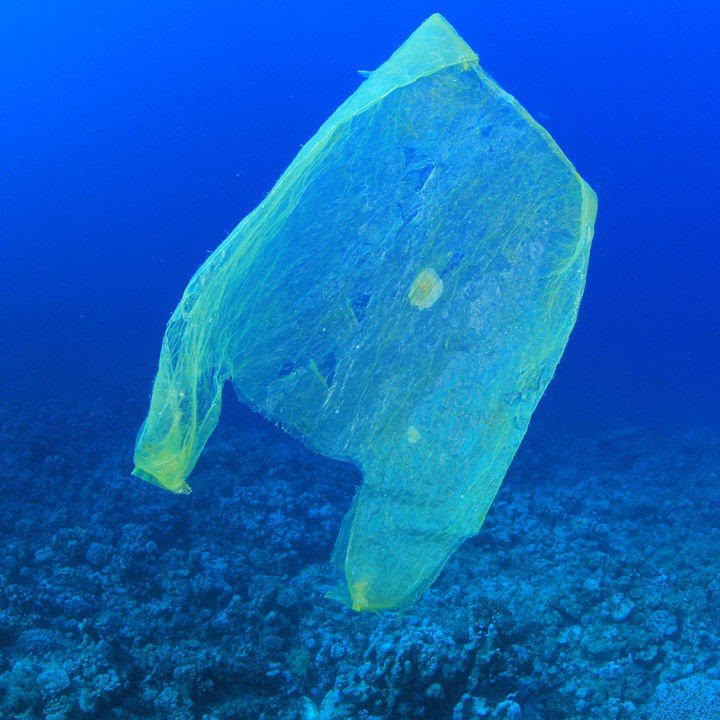
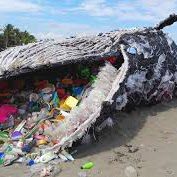
3.1 Overview
3.2 How much plastic goes into the ocean?
3.3 How does plastic waste affect marine life?
In many cases, specifically in more developed countries, plastic waste is disposed of responsibly and sent to facilities to be sorted, recycled or recovered.
Each year, approximately eight million tonnes of plastic end up in our oceans. Researchers suggest that there could be more plastic than fish in our oceans by 2050.
According to the United Nations, at least 800 species worldwide are affected by marine debris, and as much as 80% of that litter is plastic.’
However, plastic waste generated in developing countries like India typically ends up in open unregulated dump sites or is thrown into rivers and streams. Plastics from dump sites can be blown by winds into bodies of water, such as nearby rivers, before being carried out to sea.
As the water bodies are in continuous motion the plastic waste breaks down into multiple smaller pieces, polluting the environment and making plastic waste easily swallowed by the marine animal.
- Marine animals can either get caught in plastic objects (such as the plastic rings that hold drinks cans together), ingest the plastic, and/or be exposed to plastic chemicals, which can alter their physiology over time.
